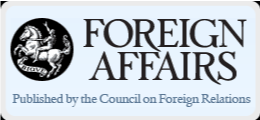The global economic slowdown, coupled with U.S. sanctions on Russia, shocked the economy of Kazakhstan, which is mainly driven by oil and gas. And among the biggest casualties was the country’s currency, the Kazakhstani tenge.
But, prudent monetary policies have finally brought about stability and economic recovery.

In August 2015, the National Bank of Kazakhstan unpegged the tenge to the dollar as an initial step. But, a slump in global oil prices nearly neutralized the government’s objective because the value of the national currency fell more than half.
“In June last year, inflation surged to 17.7 percent and the economy began slowing down. We were able to achieve our goal of maintaining inflation within the 8% range at the beginning of this year,” said Governor Daniar Akishev.
Inflation has stabilized and the economy posted a 4.5 percent annualized GDP growth.
The central bank also implemented other measures to consolidate the progress achieved, such as improved dissemination information to the public and greater transparency about the bank’s activities. The move has inspired more confidence in the central bank among Kazakhstanis.
Today, instead of seeking refuge in stronger denominations, such as the U.S. dollar and the euro, Kazakhstanis have begun selling their foreign currency and increasing their local currency accounts.
“This is is an indication that the people regained their trust in the tenge,” Akishev said.
“There is still a lot of work to be done in terms of strengthening the tenge. But with new monetary policies and our efforts to enhance the National Bank’s credibility, I am confident we are right on track in reining in inflation to 4 percent by 2020,” he added.












